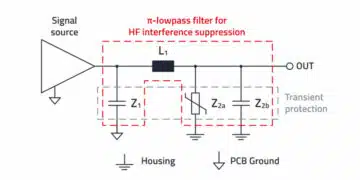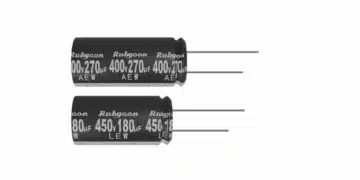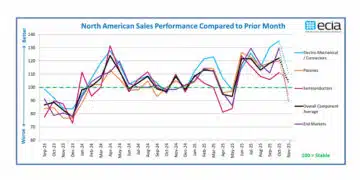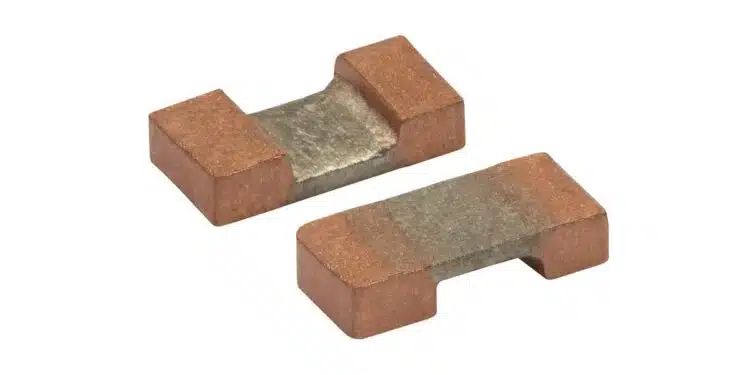Vishay Intertechnology, Inc. introduced a new surface-mount Power Metal Strip® current sense resistor that combines a high power rating up to 5 W, TCR down to ± 75 ppm/°C, and extremely low resistance values down to 0.3 mΩ in the compact 1206 case size.
With power ratings 20 times higher than standard resistors in the 1206 footprint, the Vishay Dale WSLF1206 provides a power density of > 650 W/in2, allowing designers to save board space in high power circuits by utilizing the smallest resistor possible without the need to parallel resistance elements.
The device’s low TCR provides stable and accurate current measurement across a wide temperature range from -65 °C to +170 °C, while its low resistance values minimize power losses and improve end product efficiency.
The WSLF1206’s advanced construction incorporates a solid metal manganese-copper, nickel-chromium aluminum alloy resistive element with low TCR (< 20 ppm/°C). This results in a higher power resistor in a smaller size that maintains the superior electrical characteristics of the Power Metal Strip construction. A proprietary processing technique produces resistance values ranging from 0.3 mΩ to 3 mΩ, with tolerances of ± 1.0 % and ± 5.0 %. The device provides low thermal EMF (< 3 μV/°C) and very low inductance (< 5 nH) to minimize signal distortion.
The resistor is ideal for all types of current sensing and pulse applications, including switching and linear power supplies, power amplifiers, shunts, power inverters, and battery management. Typical applications will include industrial motor drives, robotics, power tools, HVAC systems, and UPS; graphics, data storage, and VRMs for supercomputers; and consumer appliances. The device is sulfur-resistant, RoHS-compliant, and halogen-free.
Samples and production quantities of the WSLF1206 are available now, with lead times of 8 to 10 weeks.
FEATURES
- Ideal for all types of current sensing and pulse applications including switching and linear power supplies, instruments, power amplifiers, shunts, power inverters, and battery management
- Proprietary processing technique produces low resistance values (0.3 mΩ to 3 mΩ)
- Solid metal manganese-copper and nickel-chromium- aluminum alloy resistive element with low TCR (< 20 ppm/°C)































